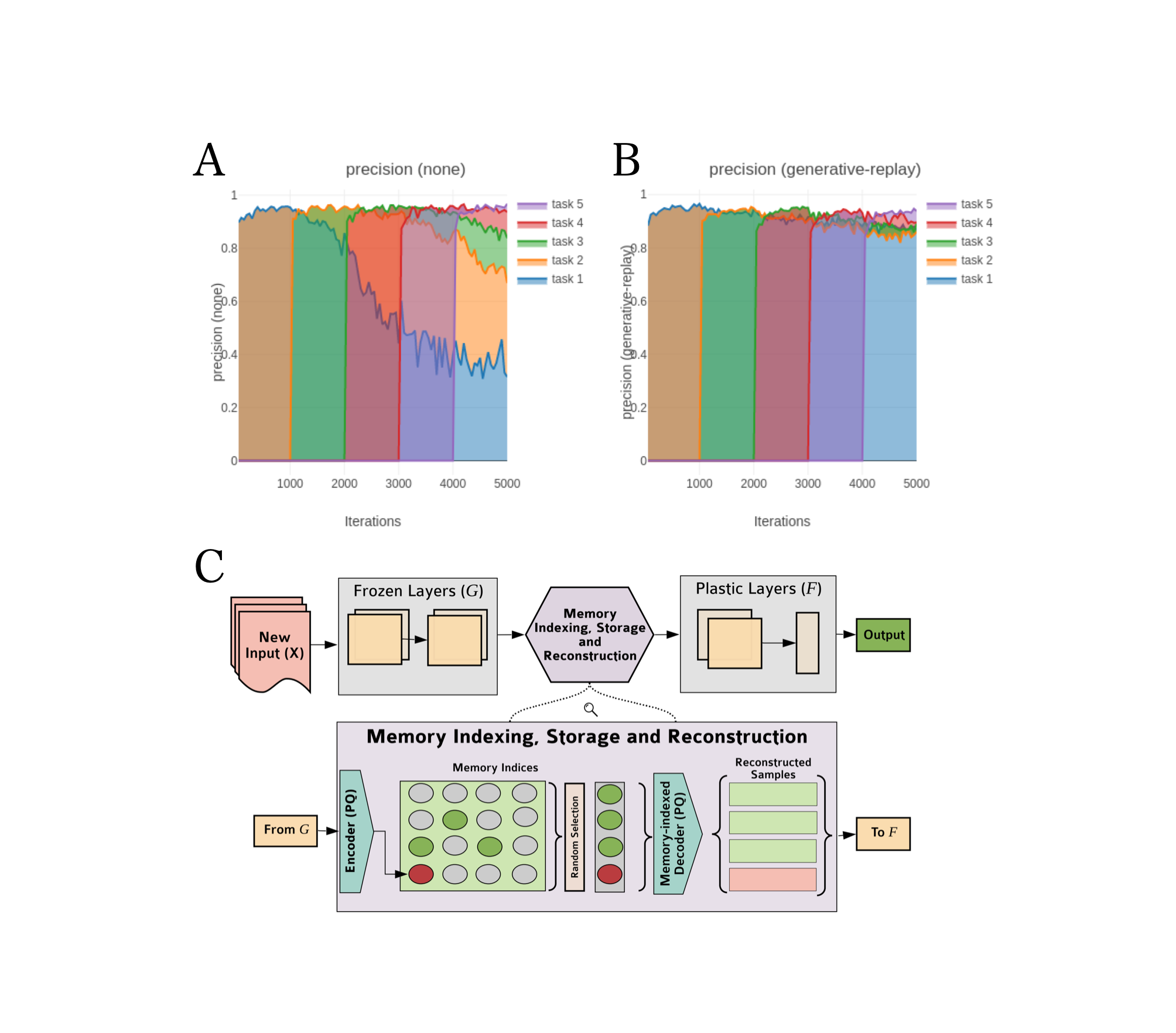Approximation Algorithms: Knapsack

This is the lecture notes from Chandra Chekuri's CS583 course on Approximation Algorithms. Chapter 3: Knapsack.
You can read Chapter 4: Packing Problems, here. Chapter 2: Covering problems, here.
Chapter 3
In this lecture we explore the Knapsack problem. This problem provides a good basis for learning some important procedures used for approximation algorithms that give better solutions at the cost of higher running time.
3.1 The Knapsack Problem
In the Knapsack problem we are given a number (knapsack capacity)
It is not difficult to see that if all the profits are identical (say 1), the natural greedy algorithm that inserts items in the order of non-increasing sizes yields. Assuming the profits and sizes are integral, we can still find an optimal solution to the problem using dynamic programming in either
3.1.1 A Greedy Algorithm
Consider the following greedy algorithm for the Knapsack problem which we will refer to as GreedyKnapsack. We sort all the items by the ratio of their profits to their sizes so that
Theorem 3.1. ModifiedGreedy has an approximation ratio of
Proof. Let
Claim 3.1.1.
The proof of Theorem 3.1 follows immediately from the claim. In particular, either
Let
3.1.2 A Polynomial Time Approximation Scheme
Using the results from the last section, we make a few simple observations. Some of these lead to a better approximation.
Observation 3.2. If for all
Proof. Follows easily from Claim 3.1.1.
Observation 3.3. There are at most
The next claim is perhaps more interesting and captures the intuition that the bad case for greedy happens only when there are "big" items.
Claim 3.1.2. If for all
Proof. We give a proof sketch via the
We note that
We may now describe the following algorithm. Let
- For each
such that and do - A.Pack
in knapsack of size at most - B.Let
be the least profitable item in . Remove all items where . - C.Run GreedyKnapsack on remaining items with remaining capacity
- Output best solution from above
Theorem 3.4. Guess
Proof. For the running time, observe that there are
For the approximation ratio, consider a run of the loop where
Note that for any fixed choice of
3.1.3 Rounding and Scaling
Earlier we mentioned exact algorithms based on dynamic programming that run in
Observation 3.5.
Now, fix some
- For each
set - Run exact algorithm with run time
to obtain - Output
Theorem 3.6. Round&Scale gives a
Proof. The rounding can be done in linear time and as
It should be noted that this is not the best
3.2 Other Problems
There are many variants of Knapsack and it is a fundamental problem of interest in integer programming as well in several other areas. One can find a book length treatment in [3]. We close with an interesting variant.
Multiple Knapsack: The input now consists of
- Eugene L Lawler. “Fast approximation algorithms for knapsack problems”. In: Mathematics of Operations Research 4.4 (1979), pp. 339–356. ↩︎
- Timothy M Chan. “Approximation schemes for 0-1 knapsack”. In: 1st Symposium on Simplicity in Algorithms (SOSA 2018). Schloss DagstuhlLeibniz-Zentrum fuer Informatik. 2018. ↩︎
- H. Kellerer, H.K.U.P.D. Pisinger, U. Pferschy, and D. Pisinger. Knapsack Problems. Springer Nature Book Archives Millennium. Springer, 2004. isbn:9783540402862. url: https://books.google.com/books?id=u5DB7gck08YC. ↩︎
